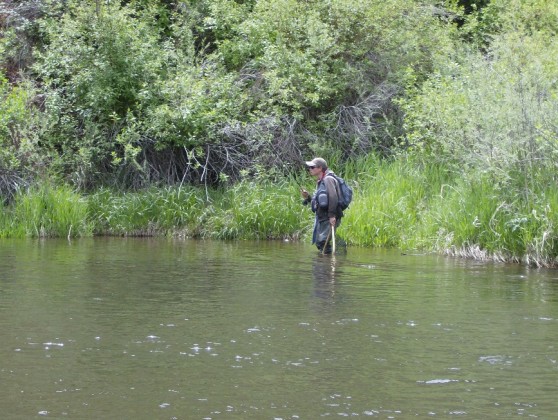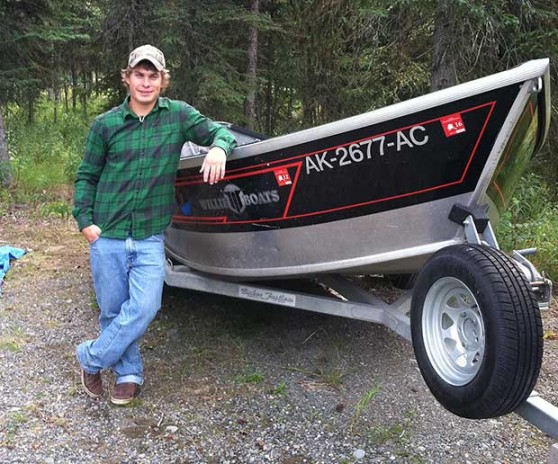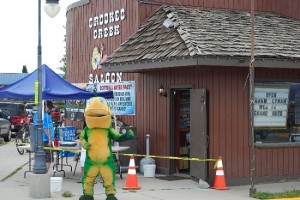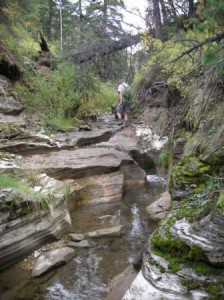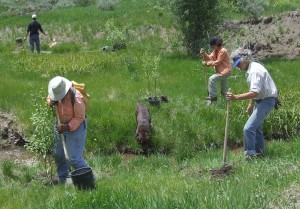Public meeting in Salida with federal officials turns out hundreds in support of Browns Canyon National Monument By Kyle Perkins from www.sportsmenforbrowns.com
Hundreds of people turned out Saturday in Salida, Colorado, to show support for a Browns Canyon National Monument. The droves of green “I support a Browns Canyon National Monument” stickers were visible evidence of the overwhelming support, along with speaker after speaker urging administration officials to designate the canyon now.
Don’t let anyone tell you this is a top-down executive overreach. Local residents and stakeholders, frustrated by years of congressional fiddling, made it clear that this is a grassroots effort and that they want to get this special place protected.
The stretch of the Arkansas River that veers from the highway south of Buena Vista and rushes through a steep canyon full of Gold Medal Water fishing, amazing white water rafting, and a pristine backcountry habitat is truly a unique place. Floating and finding pocket water within the canyon can produce over 20” trout, and the population of elk, deer, bighorn sheep, mountain lion and black bear create a healthy habitat for hunting and wildlife in general. This 22,000-acre rugged canyon is a truly wild place that I have visited more times than I can remember.
For over 20 years, legislative efforts to protect this canyon have had local and state support, yet Congress has failed to act. From bills sponsored by former Colorado Senator Wayne Allard in 2006, and by current Senator Mark Udall in December of 2013, momentum has built—only to be thwarted by congressional inaction and gridlock. However, on November 25, an official letter from Sens. Mark Udall and Michael Bennet requesting President Obama to declare Browns a national monument under the Antiquities Act of 1906 became headline news in the state. Local and state word spread fast with articles from all major state newspapers.
Rep. Doug Lamborn, one of the few opponents of the measure, claimed in a recent piece that there were many local opponents of the Browns designation. If that’s true, they failed to show up Saturday– supporters vastly outnumbered the handful of nay-sayers in the crowd.
In addition to the Colorado Senators, the public meeting was attended by administration officials and included Deputy Director of BLM Steve Ellis and U.S. Forest Service Chief Thomas Tidwell.
What I saw were individuals and groups from across the valley and state come together to protect a place they love and to support our valued public lands, fish and wildlife habitat and recreation opportunities. Indeed, local stakeholders in the Arkansas Valley reminded the Colorado delegation that this is a local effort, with bipartisan support from local elected officials and overwhelming support from the local business community.
“I take tourists and residents whitewater rafting and fishing through Browns Canyon, exposing them to the natural beauty that is at the heart of Colorado’s outdoor heritage,” said Joe Greiner, owner of Wilderness Aware Rafting in Buena Vista. “A lot of people put national monuments on their bucket list. A national monument designation will put Browns Canyon on the map and have an even bigger impact on our local economy. ”
”
“Americans love our public lands and the rich outdoor experiences they provide,” said Jim Impara, vice president of the Collegiate Peaks Chapter of Trout Unlimited. “We also understand that there are highly valued, iconic wild places that are not yet protected. Browns Canyon is one of those special places. Let’s keep it the way it is.”
“It was a true showing of the local community and the support we have to protect Browns,” said local resident Susan Mayfield. “It was a large theater of about 400, and an overfill room of many more in support of finally and permanently protecting one of our local pride and joys. The people in Chaffee County have spoken. It’s time.”
The public meeting sent a strong, unequivocal message to the White House: Coloradans want to protect Browns Canyon—and it’s time to get this done. This is our best chance to do that in a generation.






